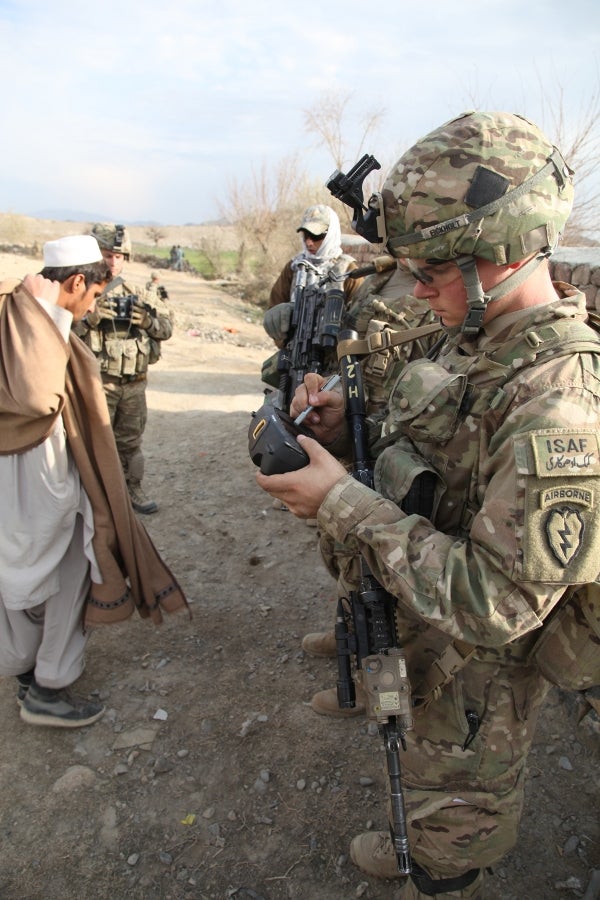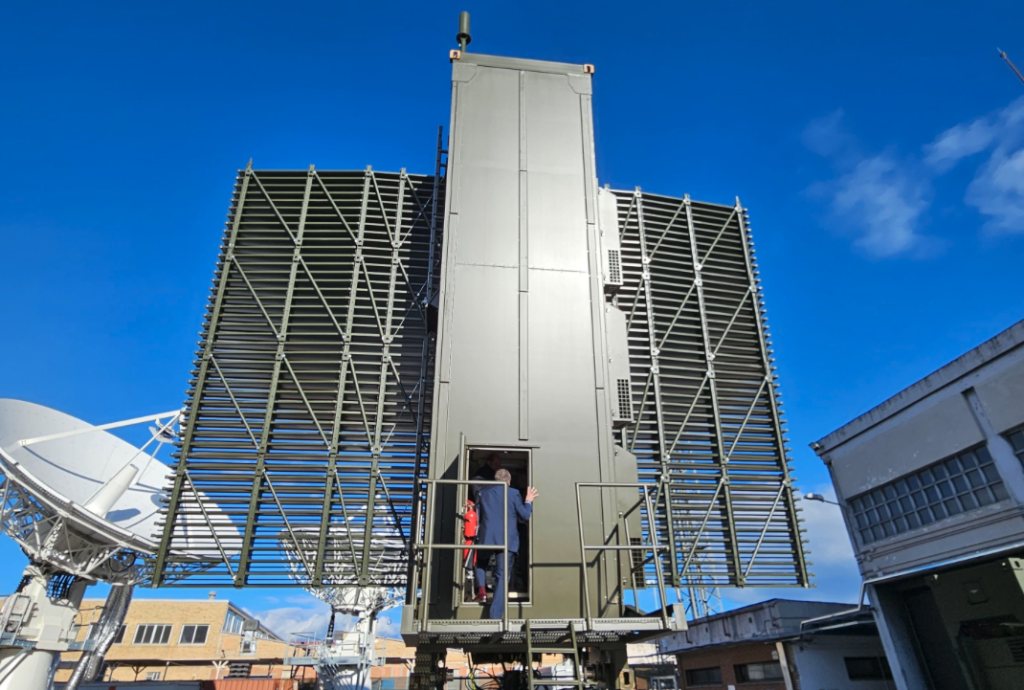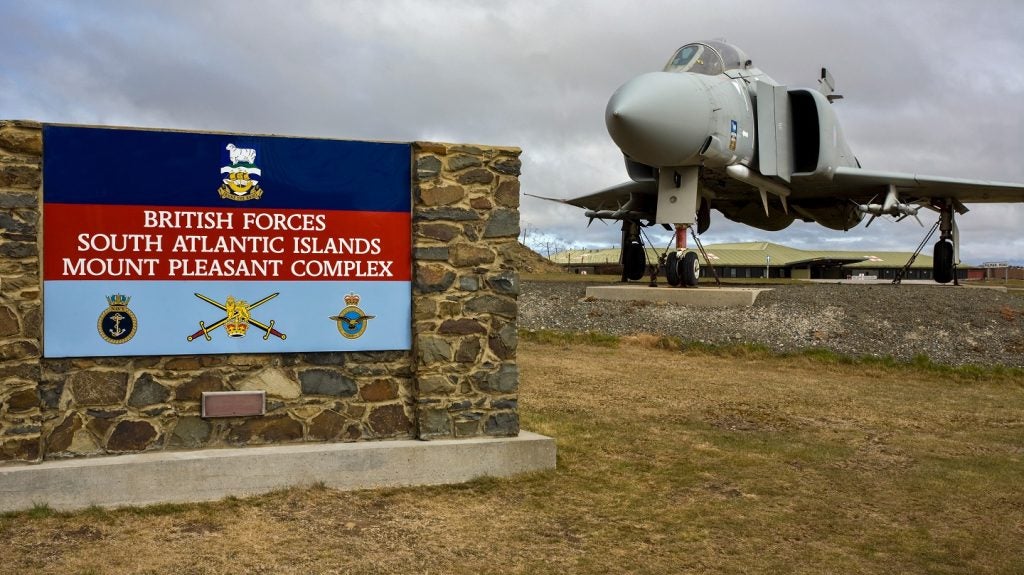
The US Defense Advanced Research Projects Agency (DARPA) has successfully completed field trial of its content-based mobile edge networking (CBMEN) software at Fort AP Hill in Virginia, US.
CBMEN is expected to help patrolling US soldiers rapidly share up-to-date imagery, maps and other critical information in remote forward locations.
The testing of software loaded on Android-based smartphones and army Rifleman radios represents the completion of phase one of the CBMEN programme.
The software aims to make each squad member’s mobile device function as a server for content generation, distribution and maintenance at the tactical edge even if the devices are disconnected from higher headquarters units, enhancing common situational awareness and ability to conduct operations.
The resulting information is automatically replicated and shared by the software as long as the soldiers are within communication range, and can also be stored and shared across the operational area, avoiding communications disruptions.
See Also:
DARPA programme manager Keith Gremban said the CBMEN technology will not sound revolutionary in presence of cell towers, fibre-optic connections and 4G/LTE networks widely available worldwide.
How well do you really know your competitors?
Access the most comprehensive Company Profiles on the market, powered by GlobalData. Save hours of research. Gain competitive edge.

Thank you!
Your download email will arrive shortly
Not ready to buy yet? Download a free sample
We are confident about the unique quality of our Company Profiles. However, we want you to make the most beneficial decision for your business, so we offer a free sample that you can download by submitting the below form
By GlobalData”But when that infrastructure is not available, CBMEN technology enables real-time information sharing where it hasn’t been possible before. CBMEN puts secure, private collaboration and cloud storage in your pocket,” Gremban said.
During testing, the software, functioning in the background on soldiers’ mobile devices, enabled a squad on foot patrol to capture a target of interest by transferring relevant information from another squad without any request.
In addition, the trials identified areas requiring further development, including security enhancement and data exchange efficiency improvement, in the the programme’s next phase, which also seeks to lower the number of transmissions required, to save power and also reduce the required bandwidth.
Already started this month, phase two involves technology maturation and demonstration of improved soldier mission support in a complex joint-content sharing environment between US Army and Marine Corps networks using both military radios and commercial smartphone Wi-Fi capabilities.
Besides front-line applications, the software may also prove suitable for civilian uses, primarily disaster response, where the established communication infrastructure is either unavailable or destroyed.
Image: CBMEN software aims to facilitate content sharing at the individual soldier level in severely constrained communications environment. Photo: courtesy of DARPA.







